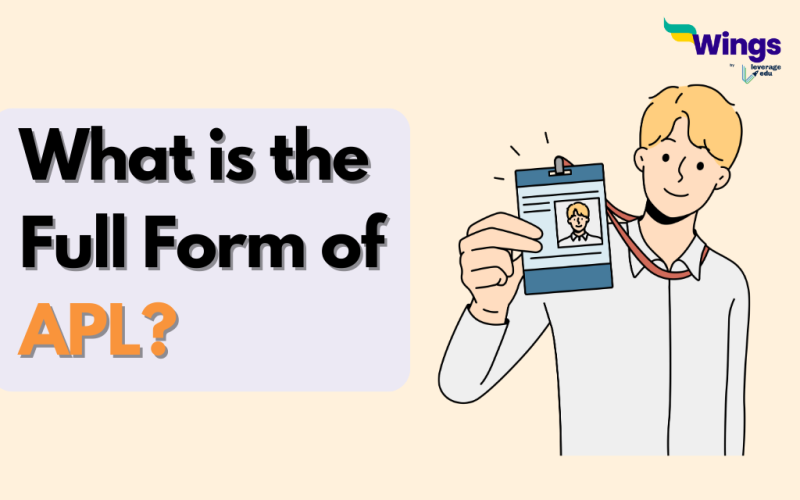The Full Form Of APL is Above Poverty Line. Families with this card are those who earn more than the state government-defined poverty limit.
Every month, APL families receive 10 kg to 20 kg of food grains at 100% of the economic cost. For a particular quantity of rice, wheat, sugar, and kerosene oil, each state government establishes a discounted retail tariff. Read this blog to learn more about “What Is The Full Form Of APL?”
Different Types of Ration Cards in India
Table of Contents [show]
A ration card is a government-issued document issued by the respective state governments. According to the National Food Security Act (NFSA), qualifying households can purchase food grains at subsidized rates with the use of this card.
There are 5 different types of Ration Cards in India. Check the types below:
- Priority Household (PHH) ration card
- Antyodaya Anna Yojana (AAY) ration card
- APL (Above Poverty Line) ration card
- BPL (Below Poverty Line) ration card
- Annapoorna Yojana (AY) ration card
Note: Please keep in mind that in India, the APL, BPL, and AY ration cards are no longer issued. The NFSA currently only issues PPH and AAY cards.
Differences Between BPL and APL
The two major differences between BPL and APL cardholders are given below:
- The government classifies BPL families as those earning less than Rs. 15,000 in household income, while APL families earn more than Rs. 15,000 but less than Rs. 1 Lakh in family income.
- APL cardholders receive subsidized food grains and fuel on a first-come, first-served basis, at a higher rate than BPL cards, which receive food grains and fuel on a priority basis and at a reduced rate.
Benefits of a Ration Card
- To obtain food supplies at reduced prices from a ration shop.
- Because it is issued by the government, it is a recognised form of formal identification throughout India.
- When applying for a PAN card, it can be used as identification.
- For creating a bank account and transferring money across bank accounts.
- To pay the correct income tax rates.
- To obtain a new voter identification card.
- To purchase a mobile SIM card.
- To apply for a passport.
- To obtain a driver’s license.
- To obtain a new LPG connection.
- To obtain life insurance.
Must Read: What is the Full Form of FIFA?
Must Read: What is the WMO Full Form?
FAQs
What are BPL and APL cards?
BPL (Below Poverty Line) and APL (Above Poverty Line) cards are issued by the government to categorize households based on their income levels. BPL cards are for families earning less than Rs. 15,000 per month, while APL cards are for those earning between Rs. 15,000 to Rs. 1 lakh per month.
What are the differences between BPL and APL cards?
BPL cardholders receive subsidized food grains and fuel on a priority basis and at a reduced rate, while APL cardholders receive these subsidies on a first-come, first-served basis and at a higher rate.
What are the benefits of having a ration card in India?
A ration card allows individuals to purchase food supplies at reduced prices from authorized ration shops. It also serves as a recognized form of identification for various official purposes, such as applying for PAN cards, opening bank accounts, obtaining government services like LPG connections, and more.
We hope this blog has helped you understand the full form of APL and everything related to it. If you want to know more, find the 300+ full forms list on our blog. In the world of short forms, you can rely on the Leverage edu page to know about more full forms like this! Connect with us, study abroad experts, to achieve your international dream today.
 One app for all your study abroad needs
One app for all your study abroad needs















 45,000+ students trusted us with their dreams. Take the first step today!
45,000+ students trusted us with their dreams. Take the first step today!
